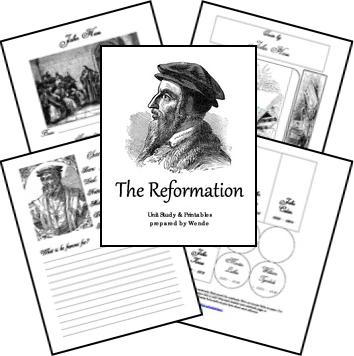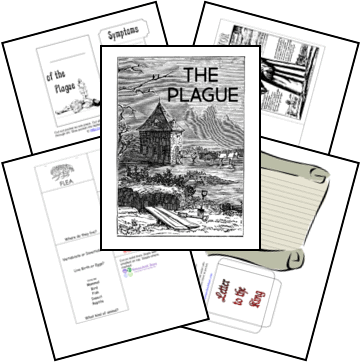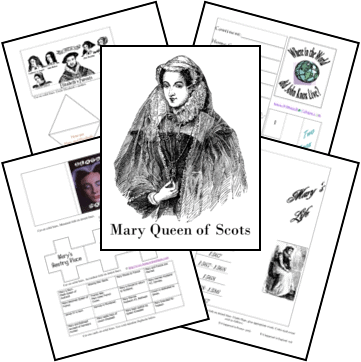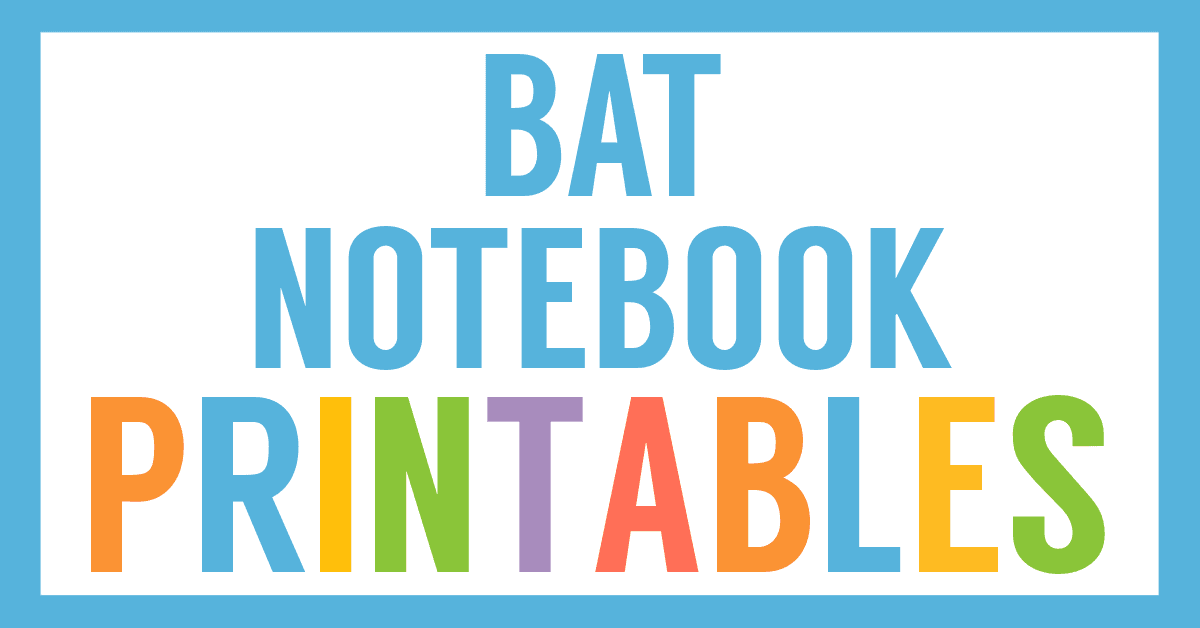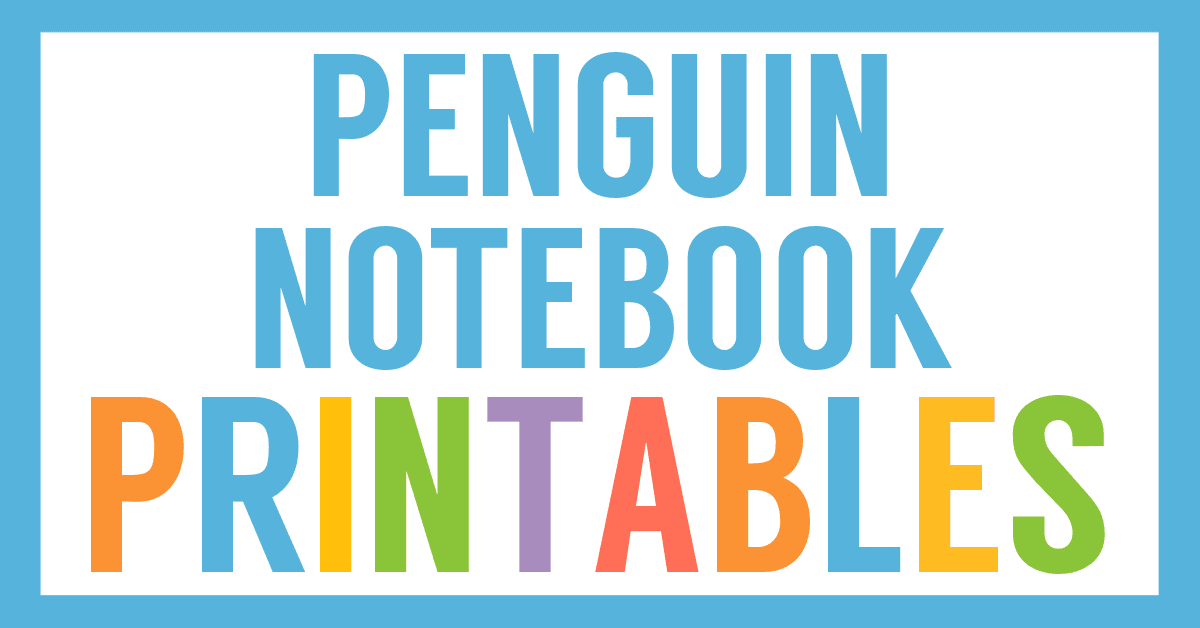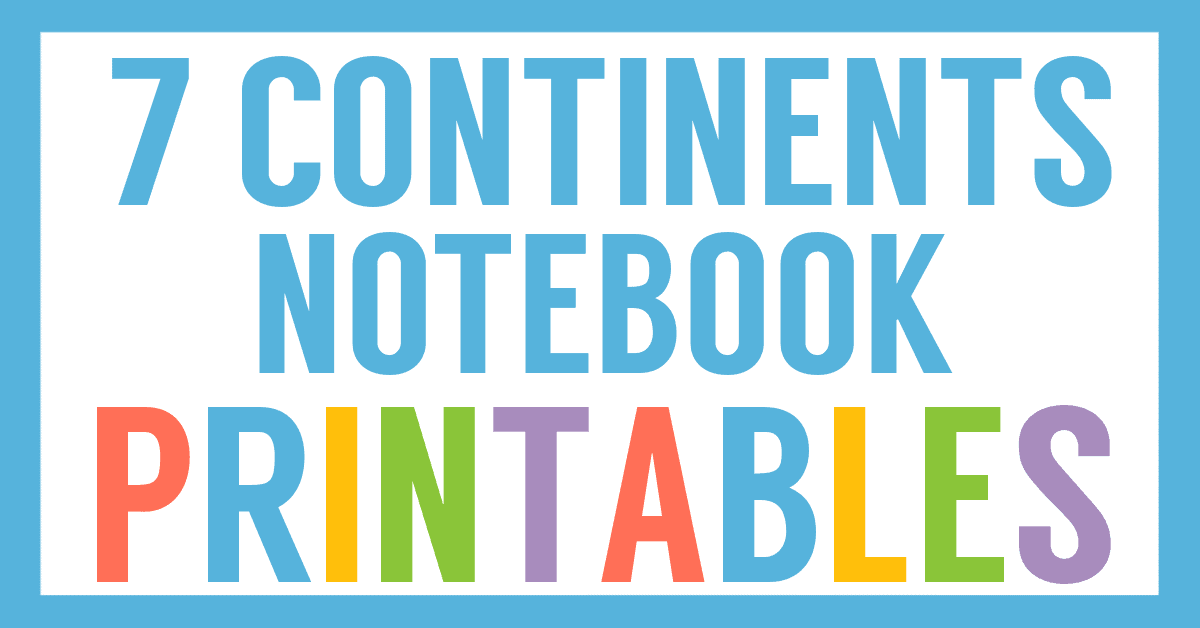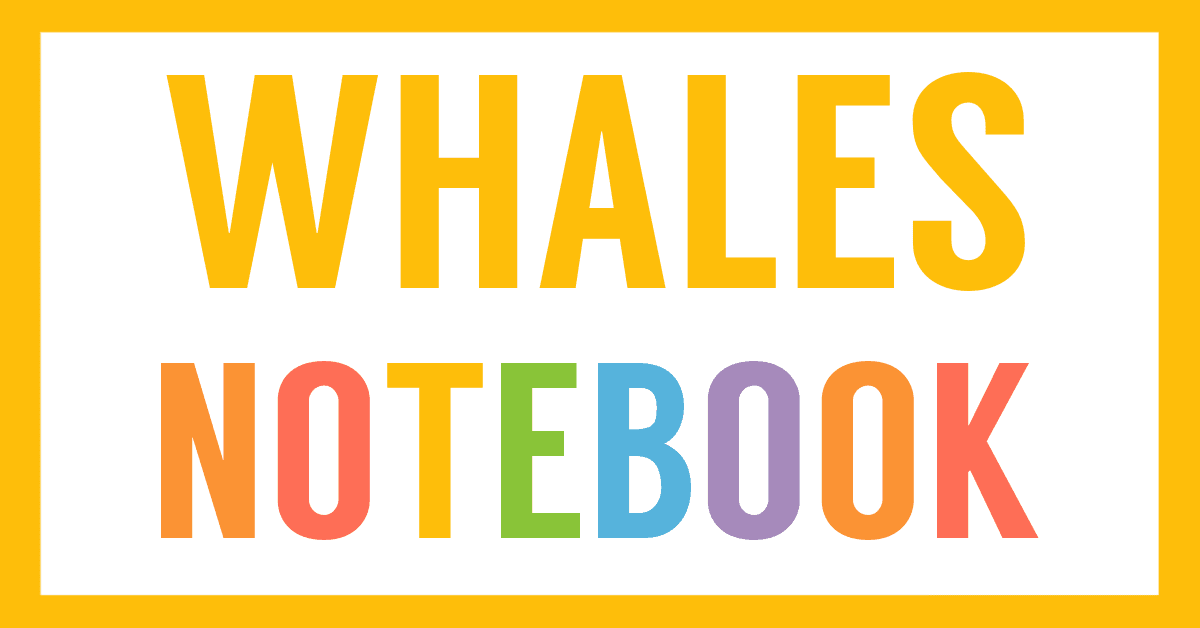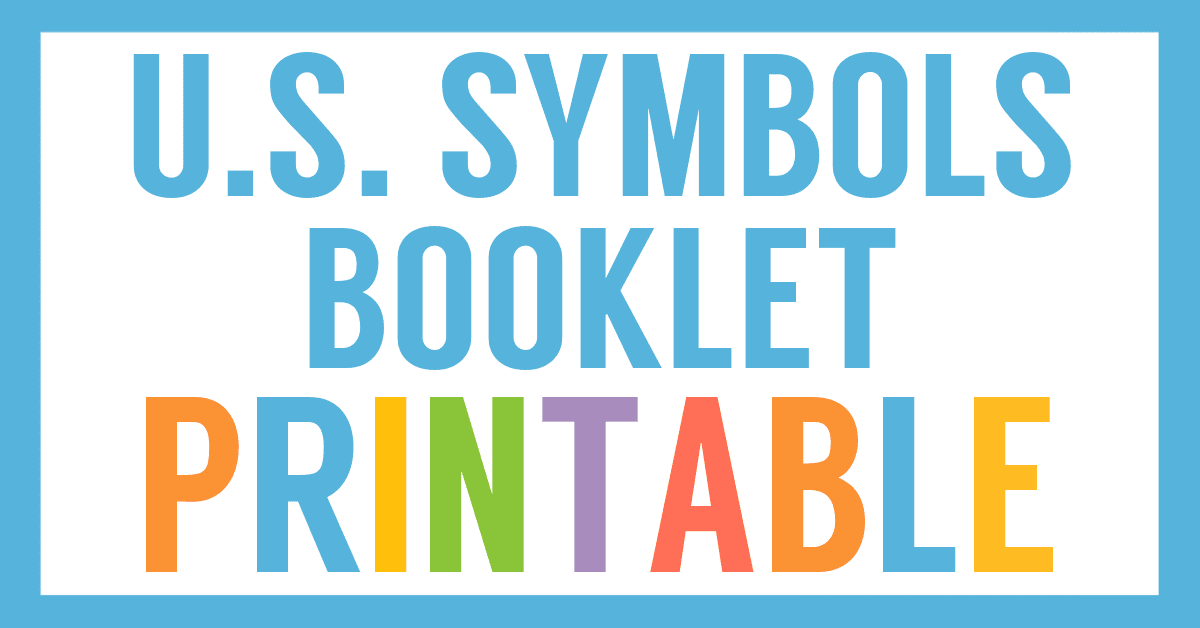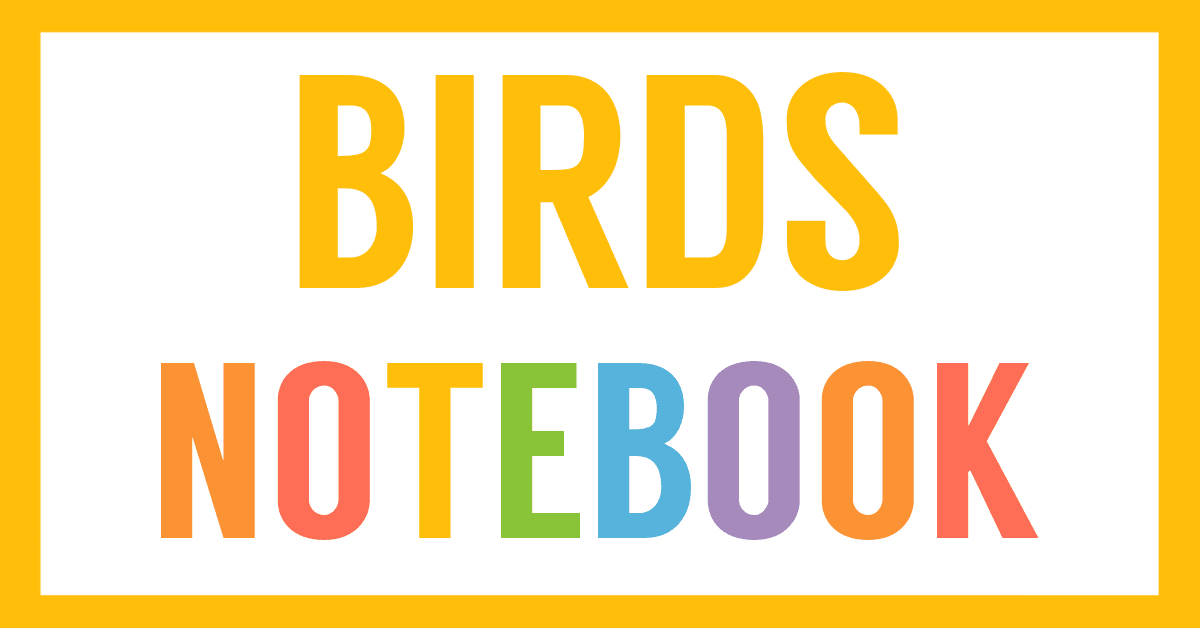Affiliate Disclaimer
We sometimes use affiliate links in our content. This won’t cost you anything, but it helps us to keep the site running. Thanks for your support.
Thanks to Wende for preparing this The Reformation Unit Study and Notebook.
Note from Wende: Note: The Reformation was not a pretty time in history, with much fighting, many religious disagreements and hypocrisies, and martyrdom. All people are sinners and fall short of the glory of God. Be it the Church, the Reformers, the Kings and Queens, or the peasantry, one and all made mistakes. I did my best, using numerous resources old and new, to make an honest and just representation of the people and the times. Caution is recommended presenting the material to sensitive children.
The Reformation Unit Study Lessons
Here is a sample of the lessons found in this The Reformation unit study:
When and Where
The Reformation began in the hearts and minds of people after 1/3 of the population was wiped out by the Plague in the mid to late 1300’s, and people started to take their spiritual lives apart from the state Church seriously. Then, the inventions of the printing press in the 1450’s helped immensely to further spread the ideas of a few Protestants and get Bibles into the hands of the general public. It is hard to put a date on the beginning of the movement, but the Reformation is generally acknowledged as beginning in 1517 with Martin Luther’s posting of his Ninety-five theses, and ending in 1648 when the Westminster Confession of Faith was adopted by England and Scotland.
Throughout Europe, the Roman Catholic Church held much power, including doctrinal, political, economic, and cultural control of the people. Even the Kings and Emperors answered to the Pope. With power often comes greed and immorality, and the land-poor peasantry was ready for a change. And the Kings, who were tired of seeing all their gold go to the Church in the form of tithes, and wanted more independence in their own lands, were also ready for a change. So when Reformers challenged the Church about its un-Biblical practices such as sale of indulgences, worship of saints, and the moral and intellectual standards of the priests, the people generally supported them.
A “reformation” is a change for the good. What began as a movement to simply reform the Catholic Church ended with the establishment of Protestantism. It completely changed the medieval way of life, taking spiritual power away from the Catholic Church.
The Five Pillars of Reformation Truth
While the Reformers did not all agree on all doctrinal principles, they did agree on five basic ideas, called The Five Pillars of Reformation Truth.
Sola Scriptura – By Scripture Alone –The Reformers believed that the Old and New Testaments were inspired by God and were the final authority in all matters of faith and practice. The Scriptures, not the Church, were the sole measure of truth, and anything that did not line up with the word of God is to be rejected.
2 Timothy 3:16-17 testifies to this truth — “All scripture is given by inspiration of God, and is profitable for doctrine, for reproof, for correction, for instruction in righteousness: 17 That the man of God may be perfect, thoroughly furnished unto all good works.”
Sola Gratia – By Grace Alone -Grace is receiving something we don’t deserve at the expense of another. Specifically, grace is the unmerited gift of eternal salvation of God, which comes freely to the believing sinner through the atonement of Jesus Christ. Salvation cannot be earned through works, as the Church taught. It cannot be bought with indulgences. It is the free gift from God offered to sinners deserving of nothing but punishment, through faith in Christ’s blood. This is the Gospel of the grace of Christ.
2 Timothy 1:9 says: “[God] hath saved us…not according to our works, but according to his own purpose and grace.”
Paul says in Ephesians 2:8-9 “For by grace are ye saved through faith; and that not of yourselves: it is the gift of God: 9 Not of works, lest any man should boast.”
Solo Christo – By Christ Alone –Unlike the Church, that believed access to God could be gained through priests, departed saints, holy angels or the Virgin Mary, the Reformers believed that Christ alone was the mediator between man and God.
1 Timothy 2:5 says, “For there isone God, and one mediator between God and men, the man Christ Jesus;”
John 14:6 says, “Jesus saith unto him, I am the way, the truth, and the life: no man cometh unto the Father, but by me.”
Sola Fide – By Faith Alone –The Reformers believed that man is justified, or made righteous, by faith alone. Justification is God’s declaration that those who trust Jesus Christ are perfectly righteous before Him, and exempt from punishment. It is our faith in what Christ did for us on Calvary, not any works that we perform, that justifies us.
Romans 3:28 says: “A man is justified by faith without the deeds of the law.”
Galatians 2:16 says: “Knowing that a man is not justified by the works of the law, but by the faith of Jesus Christ, even we have believed in Jesus Christ, that we might be justified by the faith of Christ, and not by the works of the law: for by the works of the law shall no flesh be justified”
Soli Deo Gloria – Glory To God Alone –Salvation is of the Lord, and He alone is responsible for it. The Reformers rejected the Church’s doctrine exalting the Pope and the priests, and directed that all glory go to God, through Lord Jesus Christ.
2 Timothy 1:9 says: “Who hath saved us, and called us with an holy calling, not according to our works, but according to his own purpose and grace, which was given us in Christ Jesus before the world began,”
Ephesians 3.21 says: “To the praise of the glory of his grace, wherein he hath made us accepted in the beloved.”
You can grab a copy of the entire The Reformation unit study in an easy-to-print file at the end of this post.
The Reformation Notebook Printables
The printables in this Reformation Unit Study include mini-books and notebook pages. It would probably be easiest to use cardstock to make a notebook and glue the mini-books on to the cardstock pages.
Some of the printables include:
- Who Was Ready for a Change? Flap Book
- Renaissance Timeline Accordion
- Why Did the Reformation Take Place? Flap Book
- Reformation Map
- The Five Pillars Flap Book
- Vocabulary Flap Book
- Martin Luther’s 95 Theses Pocket
- And more!
Mini-Books and notebooking pages are included for these Reformers:
- John Wycliffe
- John Huss
- Martin Luther
- William Tyndale
- John Calvin
- John Knox
How to Get Started with the The Reformation Unit Study
Follow these simple instructions to get started with The Reformation Unit Study and Notebook:
- If desired, buy or borrow books about the Reformers such as The Life and Times of Martin Luther.
- Print The Reformation unit study.
- Determine if you will do this study alongside your student, or if you will assign it as an independent study.
- Choose the lessons you want to use with your student (a highlighter works great for this). Consider spending one week learning about The Reformation and then an additional week for each Reformer.
- Break the lessons into folders for your student. One folder for each week.
Download Your Free The Reformation Unit Study
Simply click on the image below to grab the free The Reformation unit study.

